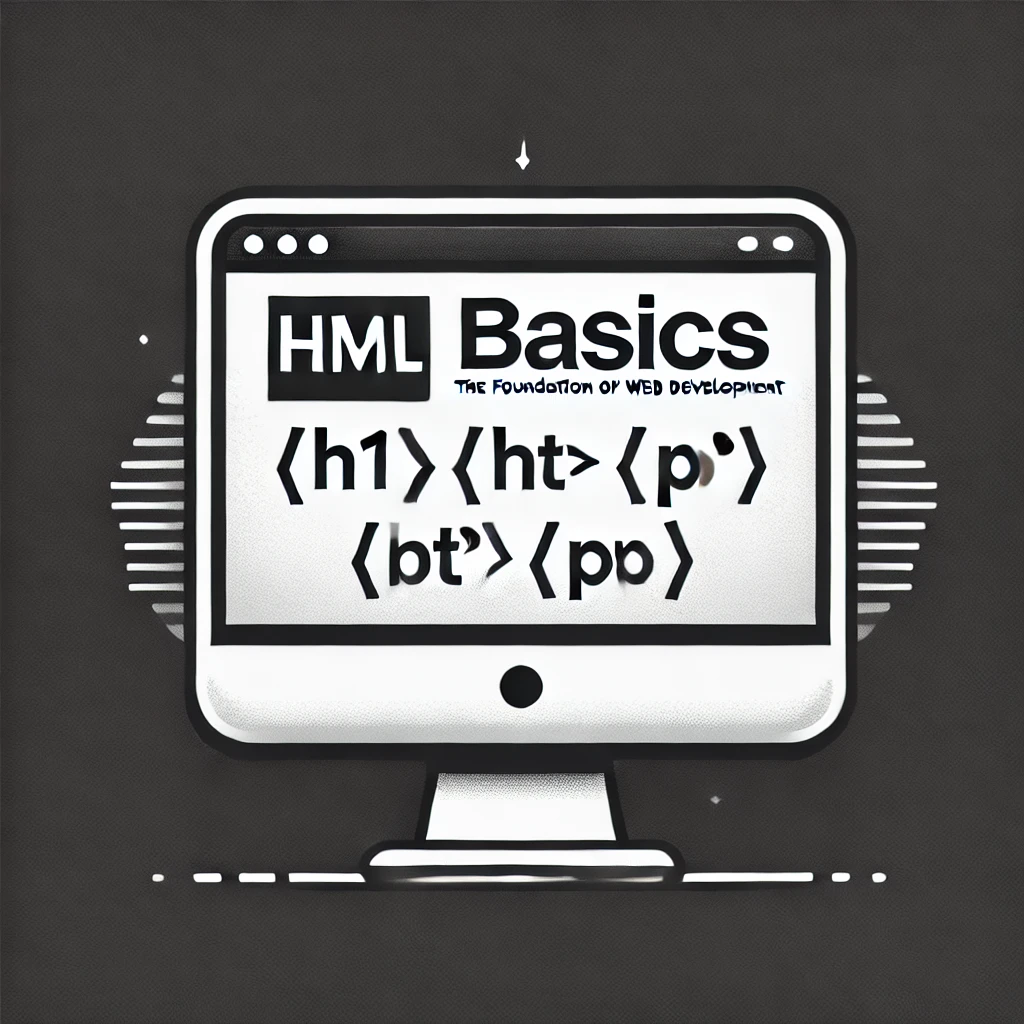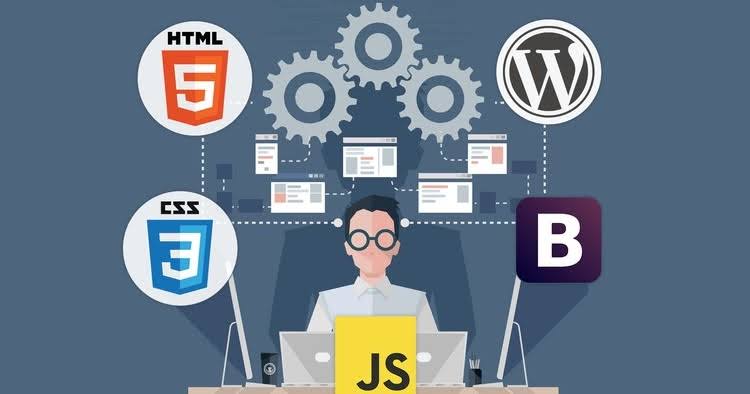HTML Basics: The Foundation of Web Development
With the web evolving, HTML continues to be relevant. New versions, like HTML5, introduce features for multimedia,

HTML (HyperText Markup Language) is the backbone of the web. It is the standard language used to create and structure content on websites. From simple text formatting to embedding multimedia and creating complex layouts, understanding HTML is essential for anyone interested in web development.
What is HTML?
HTML is a markup language that defines the structure of web pages. It uses elements, represented by tags, to describe different parts of a webpage. For example, headings, paragraphs, images, and links are all created using HTML tags.
HTML is not a programming language but a markup language that organizes content for browsers to render.
Why Learn HTML?
-
Foundation of Web Development: HTML is the starting point for building websites and applications.
-
Versatility: Works seamlessly with CSS and JavaScript to create dynamic web pages.
-
Accessibility: Ensures content is accessible to all users, including those using assistive technologies.
Basic Structure of an HTML Document
Every HTML document follows a standard structure. Below is an example:
<!DOCTYPE html>
<html>
<head>
<title>My First Webpage</title>
</head>
<body>
<h1>Welcome to HTML Basics</h1>
<p>This is a simple webpage.</p>
</body>
</html>
<!DOCTYPE html>: Declares the document type and version of HTML.
<html>: The root element of the document.
<head>: Contains metadata, like the title and links to stylesheets.
<body>: Contains the visible content of the webpage.
Common HTML Tags
Headings
Used to define headings on a page, from largest (<h1>) to smallest (<h6>).
<h1>Main Heading</h1>
<h2>Subheading</h2>
Paragraphs
Defines blocks of text.
<p>This is a paragraph.</p>
Links
Creates hyperlinks to other pages or resources.
<p><a href="https://example.com">Visit Example</a></p>
Images
Embeds images.
<p><img src="image.jpg" alt="Description of Image"></p>
Lists
Creates ordered (<ol>) and unordered (<ul>) lists.
<ul>
<li>Item 1</li>
<li>Item 2</li>
</ul>
Tables
Used to display data in tabular form.
<table>
<tr>
<th>Name</th>
<th>Age</th>
</tr>
<tr>
<td>John</td>
<td>30</td>
</tr>
</table>
Attributes in HTML
Attributes provide additional information about elements. For example:
<p><a href="https://example.com" target="_blank">Open in New Tab</a></p>
Here, hrefdefines the link destination, and target="_blank" opens the link in a new tab.
HTML and CSS
HTML defines structure, while CSS (Cascading Style Sheets) handles the design. For example:
<!DOCTYPE html>
<html>
<head>
<style>
body {
background-color: lightblue;
}
h1 {
color: navy;
text-align: center;
}
</style>
</head>
<body>
<h1>Styled HTML</h1>
</body>
</html>
HTML Best Practices
1. Use Semantic Tags: Tags like <header>, <footer>, and <article> improve readability and SEO.
-
Close All Tags: Ensure proper closing of tags for cleaner code.
-
Use Alt Attributes: Always add alt descriptions to images for accessibility.
-
Validate Code: Use tools like the W3C HTML Validator to ensure compliance with standards.
Learning HTML in 2025
With the web evolving, HTML continues to be relevant. New versions, like HTML5, introduce features for multimedia, forms, and offline storage, making web development more powerful and user-friendly.
Whether you’re a beginner or a seasoned developer, mastering HTML is your first step toward creating amazing web experiences.
By learning HTML basics, you unlock the potential to build and shape the web. Dive in, experiment, and start crafting your digital creations!
Leave a Comment
Releted Articles

A Complete Guide to Back-End Development: The Engine Powering the Web
Back-end development is the backbone of modern web applications. While front-end development

A Comprehensive Guide to Front-End Development: Building the User Interface of the Web
As technology advances, front-end development continues to evolve. Here are some emerging trends

HTML: The Backbone of Web Development
HTML is a markup language used to structure and present content on the internet. It defines the structure of web pages using a system of tags and attr






0 comments
There is no any command yet!